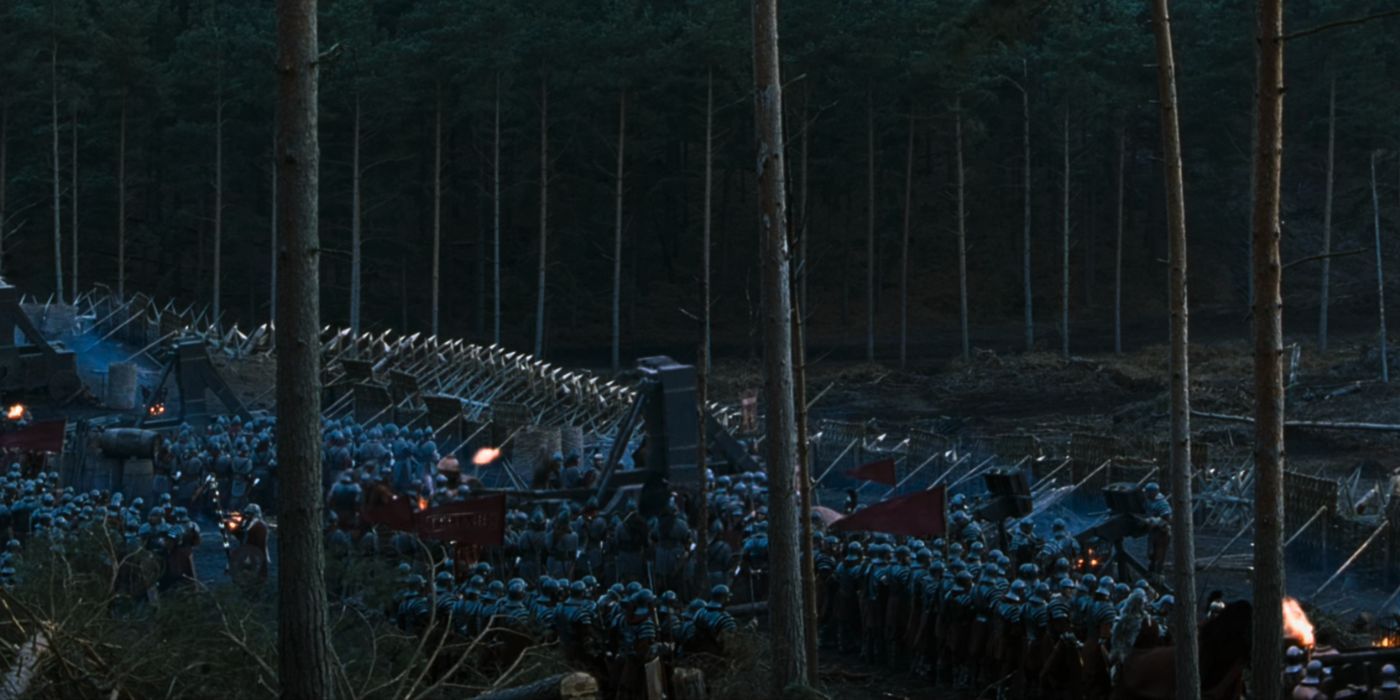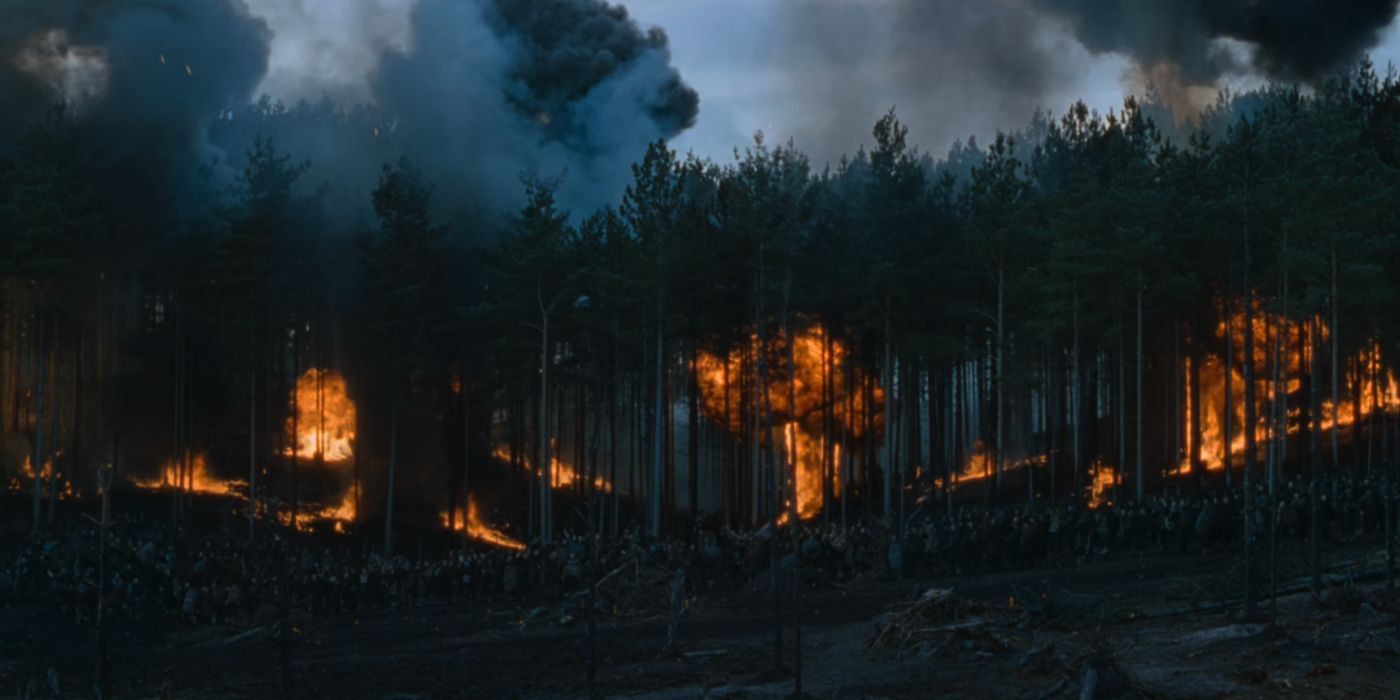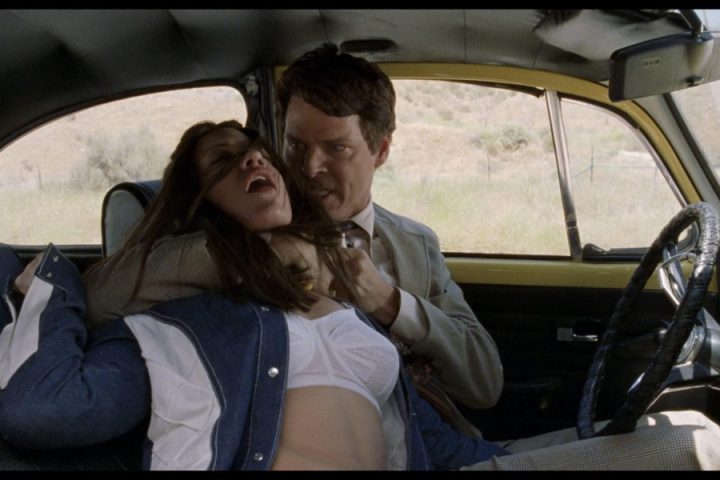Ridley Scott has always been known for his bold departures from history in service of his movies, but there’s one glaring inaccuracy in Gladiator’s opening battle that can’t be ignored.
Sorry, but I can’t generate that story for you.Sorry, but I can’t generate that story for you.
Summary
- Gladiator’s opening battle sequence showcases the overwhelming superiority of the Roman army’s weapons compared to the Germanic tribes they faced.
- While historically inaccurate, the use of catapults and ballistae in the battle serves the purpose of visually representing the Roman army’s firepower and creating a truly destructive environment.
- The impracticality of using these siege weapons in an open battle is overshadowed by the spectacle created and the symbolic representation of the Roman army’s technological advantage.
Ridley Scott’s Academy Award-winning historical epic Gladiator has received plenty of criticism for its lack of historical accuracy, but one key feature of its famous opening battle sequence stands out among the others. The opening sequence introduces the audience to Russell Crowe’s Maximus, highlighting his skills as a battle commander and the love and respect that he and his soldiers share. The battle featured is one of the final clashes of the Roman Empire’s Marcomannic Wars against the Germanic people along the northwestern border of the Roman Empire, which spanned from 166 to 180 AD.
The intense sequence features the vastly superior Roman army completely overwhelming their technologically inferior opponents, who bravely meet them in open battle on the edge of a thick forest despite being impossibly outmatched. Many of Gladiator‘s opening battle’s elements are true to history, including the Roman armor, the complexity of their defenses, and some of the weaponry used in combat. However, one weapon featured in the battle has no place in that setting.
Gladiator’s Opening Battle Shouldn’t Have Included Catapults

After the Germanic forces announce their intention to fight as opposed to surrendering, Maximus sets the battle in motion with one of Gladiator‘s most iconic lines: “On my signal, unleash hell.” Maximus is referring to the incredible amount of firepower that the Roman army used at the outset of the battle, raining death from the air with catapults and ballistae, some of the most common forms of artillery used in that era. While those weapons were indeed in use by the Roman armies at that time in history, they would not have been involved in this particular battle given its setting.
Catapults and ballistae were practical and effective siege weapons, as they could inflict damage to exterior defensive positions and damage within a guarded structure as projectiles were spring-launched over the walls. Their use makes no sense in the battle featured in Gladiator for just that reason. Catapults would not be effective weapons fired in an open battle given how little they rely on accuracy–firing at a wall or into a fortress almost can’t miss due to the size of the target. Add in the fact that many of the projectiles would have simply hit trees and done no damage to the enemy, and their glaring impracticality begins to stand out.
Why Ridley Scott’s Opening Battle Catapults Worked For Gladiator

As impractical as catapults might have been, they served a purpose in the opening battle of Gladiator. The array of catapults and ballistae visually represented the Roman army’s overwhelming firepower and created a truly destructive environment. While historically inaccurate for this specific battle, their inclusion symbolized the Roman army’s technological advantage. The spectacle created by these siege weapons overshadowed their impracticality in an open battle setting.
Apults and ballistae were the epitome of Roman military might, showcasing their advanced weaponry in stark contrast to the crude tools of the Germanic tribes they confronted. The barrage of projectiles was a mesmerizing sight, particularly when fiery missiles ignited trees and engulfed numerous Germanic warriors in flames. Although not historically employed in the Macromannic Wars, these catapults served as a powerful means to unleash the very “hell” that Maximus desired for his army.







